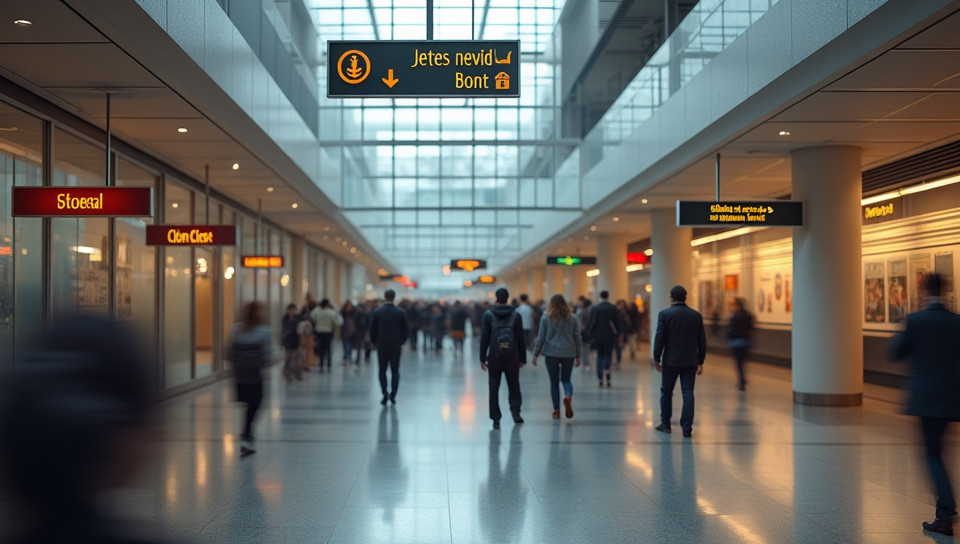Poorly designed signage hinders navigation for the visually impaired 76%

Navigating the Invisible Barrier: The Impact of Poor Signage on Visually Impaired Individuals
As we go about our daily lives, it's easy to take for granted the accessibility of public spaces and infrastructure. However, for individuals with visual impairments, navigating through unfamiliar areas can be a daunting task. One of the primary obstacles they face is poorly designed signage that fails to provide clear and concise information.
The Challenges of Poor Signage
Visually impaired individuals rely heavily on their other senses, including hearing and touch, to navigate their surroundings. However, when signage is not designed with accessibility in mind, it can be a significant barrier to independent mobility. Some common challenges they face include:
- Difficulty reading or interpreting sign content
- Inability to locate signs due to poor placement or visibility
- Insufficient Braille or audio cues to facilitate navigation
Designing Accessible Signage
So what can be done to improve signage and enhance the navigational experience for visually impaired individuals? The key lies in incorporating accessibility features into sign design. This includes:
- Using clear and simple language, free from jargon or technical terms
- Providing Braille or tactile markers for those who require them
- Incorporating audio cues through audio signals or public address systems
Implementing Inclusive Design Principles
Inclusive design principles can help ensure that signage is accessible to everyone. This involves considering the needs of all users, regardless of their abilities. Some strategies include:
- Conducting user testing and feedback sessions to identify areas for improvement
- Consulting with accessibility experts and visually impaired individuals to inform design decisions
- Continuously evaluating and refining sign design to meet evolving accessibility standards
Conclusion
Poorly designed signage can have far-reaching consequences for visually impaired individuals, limiting their independence and autonomy. By incorporating accessibility features into sign design and implementing inclusive design principles, we can create more navigable public spaces that benefit everyone. It's time to rethink our approach to signage and prioritize the needs of all users.
- Created by: Zion de Guzman
- Created at: Jan. 9, 2025, 1:38 p.m.
- ID: 17577







